Way back in 1998 I remember seeing a documentary on TV in US, when I was visiting my sister and brother in law in Chicago, that showed the competition between two companies to get the approval of the Department of Defence to be finally inducted as the “All weather, advanced stealth tactical fighter”. This amazing competition was between Lockheed and Northrop Grumman. Both were supposed to develop a working model of this futuristic fighter aircraft under the watchful eyes of the representatives of Airforce and Department of Defence (henceforth DoD) for a final showdown at the premises of the Airforce for final selection and awarding of contract. The contract for the development of this working model was on the “Cost Plus Award Fee” contract system. This contract system only pays for agreed upon costs incurred (hardly 10% of the total development costs incurred by the companies) but the companies make profit only if they win and got awarded a contract to mass produce the aircraft. It was expected that a minimum of 900 such aircrafts would be built.

I remember seeing the documentary so keenly as the documentary shifted from Lockheed to Northrop to show the problems and successes met during the development of their respective working model.
On April 23. 1991 the US Airforce conducted a completion between the two aircrafts and finally selected YF-22 called the Raptor over the Blackwidow YF-23 by Northrop. To be honest, I remember that in every possible category of completion the YF 23 was quite ahead of the YF-22, yet YF-22 was finally selected.
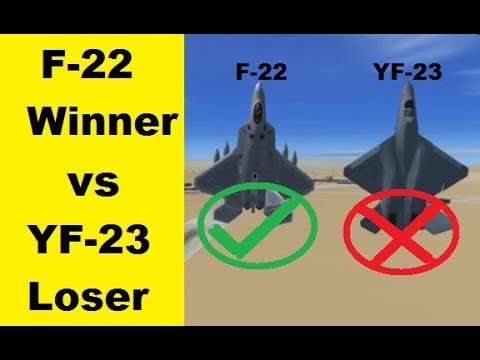
And thus started a mammoth project which would be more political than technical and steeped in vested interests and bribery to the extent that it would become the most expensive useless military equipment of all times.
Way back in 2007 and 2008 when the Indian Defence Ministry announced that it was scouting for a multirole, all weather fighter aircraft and that they have shortlisted 6 companies. I was totally dismayed to find that Lockheed’s Raptor F 22 was not one of them. Like any other person I had totally bought into the massive propaganda that US had spread using documentaries, movies and military magazines, about the amazing capabilities of Raptor F-22. Having some close connections with some of the Indian Airforce people, I enquired and was shocked to know what they had to say about F – 22. Those days US was very eager to sell India, Boeing passenger planes, F-22 and refurbished F-16 D, heavy lifters like Hercules and Apache attack helicopters, as Indian armed forces were looking at ways to empowering their military might.
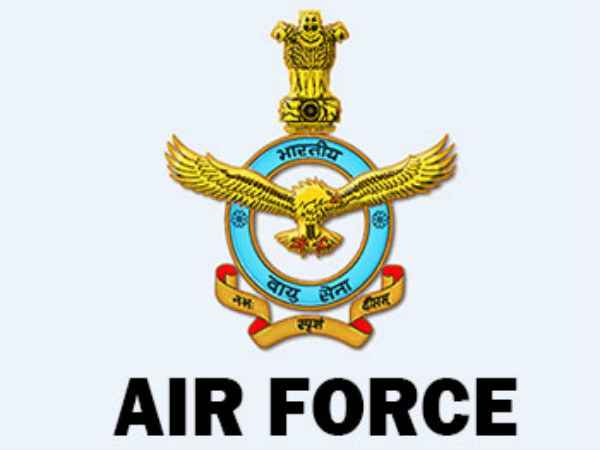
Crestfallen about the truth of F-22, I did some more digging and research and came to know, despite US trying to tom-tom F -22 in every possible way, that this was the most costly and yet a useless aircraft that the DoD ended up selecting, paying for and ultimately killing its production.
After the horrible losses of US Air Force meted out by USSR’s simpler aircrafts in Vietnam, Korea and Middle East and with the news of USSR making amazing advances in Sukohi and Mig versions of their fighter aircrafts that would overshadow F – 15 and F – 16 range of fighters, US DoD decided to undertake a project to develop even more advanced fighter aircraft. This decision taken way back in 1985 lead to the competition wherein YF-22 of Lockheed was selected for production in 1991.
Lockheed won this contract for completely non-technical reasons. Some of the reasons it won the contract was :-
1. In 1991 (just at the time of competition) Lockheed’s stealth bomber F – 117 Nighthawk had done amazing night time surprise bombings and made almost the entire forward army units of Iraq Armed forces on the run. This created a sense of accomplishments around Lockheed products among the selection committee.
2. While the Northrop YF23 was far superior their project managers and technical directors presented in dry technical presentations without any freebees. The Lockheed project representatives spoke superfluous marketing language with hardly any technical inputs and organized grand and gala presentations with a lot of “food and fodder”.
3. While Northrop only tried to focus on impressing the Air Force with the superiority of its aircraft technology, Lockheed pandered to the Congress (as the ultimate decision of project budget would be decided by them) by promising distributed parts manufacturing spread over 44 states of US thus making 88 senators absolutely gung-ho about Lockheed. Some, it seems, even had vested interests in them.
4. For some reason, DoD were knowingly underquoting the Lockheed project per unit cost to be just USD 35Million per flyaway unit. It has come to light now that each of the DoD persons siding with this estimate knew that it was not true and absolutely unachievable.
5. (A lot of Defence Persons have claimed) Lockheed had been able to, somehow, convince the selectors to only ask for those manoeuvres that F – 22 could do during the competition and also not to delve into any aspect of Maintenance issues or costs associated with that.
6. Stealth capabilities were not very well tested during the competition. The technical specifications were just accepted as facts from both parties.
The moment Lockheed started the production in 1999 a lot of compromises had to be made either in terms of technical specifications or just to satisfy some senator by allowing substandard parts to be continually made in different states in guise of employment figures of that state. Some of the professionals who were part of this project have now opened up about the ills of project planning and production that followed. One of the professionals told about the fact that since the focus of Lockheed was more political they took serious liberties with technical specifications just to carry on with the political arrangements. Lockheed also made a lot of DoD representatives approve untested concepts and dubious adjustments to the overall specifications to the core design and technical trade-offs.
To the Project team it appeared as if there was not clear plan or risk management work, albeit a technical template to be followed. The supply chain was so badly managed and controlled that duplication of parts by different suppliers in different states using different specifications continued unabated for several years before someone could catch it. The management was particularly averse to any bad news and actively penalised workers who reported any major issue or problem with management. One of the QA professionals, who resigned during the project, stated that the situation was so bad with the off-specification parts coming in from different suppliers from different states that almost every part would “not fit in” during the assembly process. When the QA team tried to reject the lots of such parts, the senior most management would swoop down to stop the QA from doing it. It came to light later that most of the suppliers from different states were not necessarily the best technical suppliers but were closer to the senators of that state. This allowed for inflated billings for substandard and ill-fitting parts which could not be rejected. The things with assembly became so bad that almost each of the supplied parts had to be manually retooled at the assembly line to be finally fitted properly. The amount of Quality issues this practice generated were so immense that the very first flight that happened in 2005, crashed on take off, though the pilot managed to escape. But for some reason Lockheed managed to get green lights from oversight committee as well as the DoD.
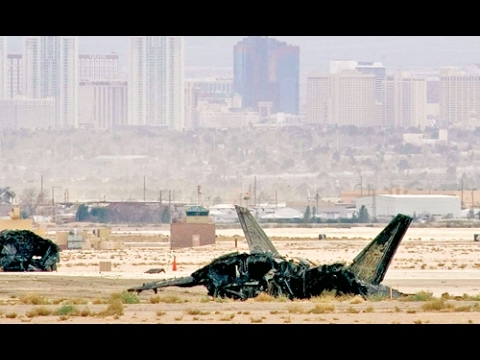
What has come to light now, was that a lot of technical trade-offs were made to superficially meet the specifications without divulging the same to the oversight committee as well as the DoD. And all this while the per unit “Fly-away” cost for the aircraft kept on getting revised.
Originally it was touted to be just USD 35 Million per aircraft. This was revised to USD 150 Million immediately post “winning” the competition. By the time they started production it reached USD280 Million per unit. In 2008 it had reached a fly-away unit price of USD358 Million. By the time Lockheed was planning for further revising the fly-away per unit price to USD415Million the Obama government pulled the plug and scrapped the entire project letting the already in-service aircrafts to continue operations till they would be phased out. The total program cost reached USD 68 Billion by 2009 when it was finally scrapped.
A lot of people suggested that if the aircraft had such an amazing capabilities and specifications it was obvious that there would be delays in the project as well as there would be cost issues as well simply because futuristic specifications are hard to estimate and are dependent on a lot of variables. However, from the declassified files it has come to fore that the aircraft could not measure up to even one of the major specifications whatsoever and hence could not be used in any of the 3 major wars that happened during the lifecycle of this aircraft. In fact the aircrafts were so bad and dangerous (the air force pilots were under legal confidentiality clause) that they nicknamed it as the “Craptor”.
Let me list the technical trade-offs that plagued the aircraft which made them almost impossible to be deployed in wartime anywhere on earth.
-
Major Specification: Stealth capability. To a certain extent the stealth capability was attained as long as the pilot did not engage its own radar to seek out enemy aircraft or use its communication equipment to talk to any other friendly aircraft or the command centre. The moment the pilot switched on its “Seek and Destroy” radar capability, the stealth capability of the aircraft was entirely lost. What was more if the pilot wanted to continue using the stealth capability they could not communicate with any command centre thus making any kind of co-ordinated attack virtually impossible while keeping the stealth mode on.
-
Major Specification: Take-off and landing on a runway not more than 2,000 feet long. While this could be done when the aircraft was not carrying any payload of weapons and missiles. However when armed with missiles it would need nearly twice the stated length to take-off. This made it almost impossible for various forward posts and desert posts.
-
Major Specifications: More weapons carrying capacity than other fighter aircrafts like SU 35 or Eurofighter or Mig 29. This could never be achieved even during the competition phase. The maximum missiles it can carry is 6. This is far less than SU35 or Mig 29, it’s even much less than what is carried by F – 16, the aircraft system F – 22 was supposed to replace. In fact it had so less space left that it even had insufficient “flares” to doge the missiles of enemy aircraft during dog-fight making it virtually defenceless during such manoeuvres.

-
Major Specifications: Lesser maintenance cost than F – 15 or F – 16 Systems. This went entirely the opposite way. There were so many trade-offs that were taken during the project that it was “Nightmare” of technical team. From the officially disclosed documents (now public domain knowledge) every aircraft needed and average of 30 hrs of maintenance for every one hour of flight. Not only that, every single aircraft suffered at least one Critical Failure after an average of just 1.7 hrs of flight. Though the maintenance costs have not been revealed it was stated by some professionals that just the lifetime maintenance costs for each of the aircrafts would be USD800 Million. This ensured that most of the divisions where these aircrafts were deployed flew them as less as possible. Hence none of the pilots have, even today, extensive flying time on F – 22.
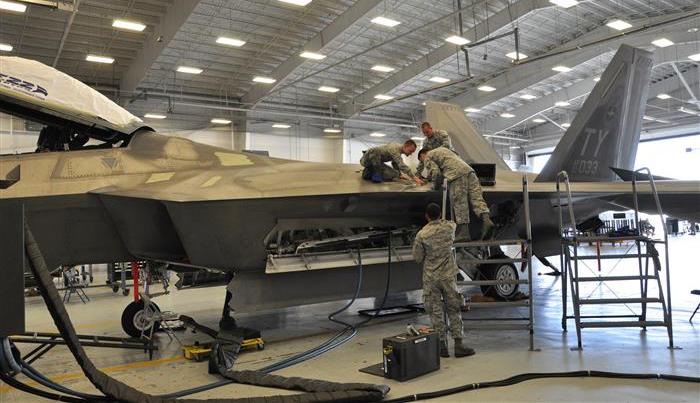
-
Major Specifications: Excellent at dog-fighting. This specification were never met. The material for aircraft “Skin” was so fragile that even hand-held weapons could inflict critical damage to the aircraft. Hence low flying raids and dog-fights were out of the question for this aircraft. It could not be deployed in the very primary role it was being built for. Top Guns, the elite dog-fight institute of US Airforce, never deployed F-22 ever (except in the movies off-course).
-
Major Specifications: All Weather Fighter Aircraft. For some reason the coating on the aircraft skin, that was made for stealth mode, would have extreme “Reaction” to rains. Which means that rain and water was its biggest enemy. Forget about all-weather fighting deployment and also forget about Carrier deployment in open seas where it may rain every day.
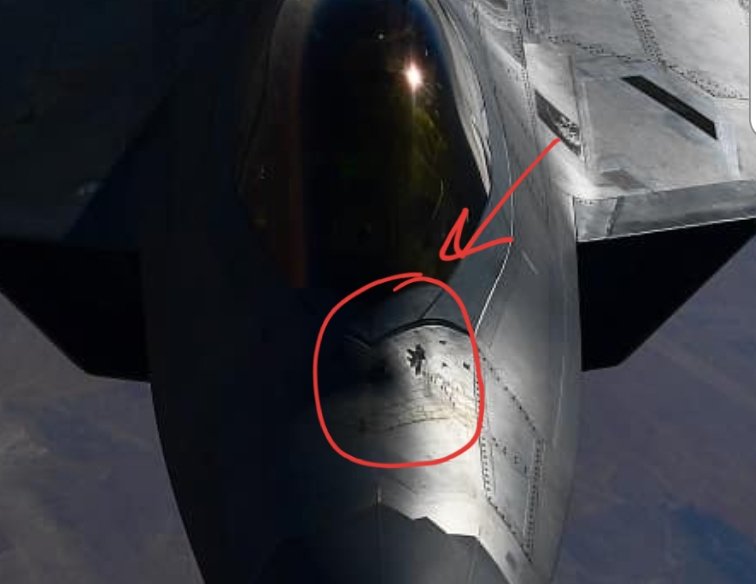

All in all, for every stakeholder, pilots, maintenance staff, overseeing committee, congress and DoD it was proving so difficult to even fly it in the fairest of weather that soon it was rendered inoperable. Yet the production and deployment continued till 2009. No one could kill this blood-sucking project earlier simply because it was “Too Big” to fail. With 88 senators involved and over 50,000 jobs at stake and several DoD and Pentagon persons not wanting the truth to come out, this virtually inoperable aircrafts continued to be made and deployed. Some of the Pentagon and Air Force officers later called this the “Catch 22” instead of “F -22”.
Though the exact numbers of crashes have never been confirmed it is assumed to be definitely more than 50 with each of those crashes happening due to “Critical Tech Failure” and not even once a Pilot error.
With such a disaster that was not only diluting the countries defence but also devouring the national budget for defence year after year, the Obama government, in the guise of economic downturn killed this project finally in December of 2009. By then there were already 195 units in deployment. Several of these units have been parked to work as “donor bodies” for working units. These are the very units that US tried to sell to Indian Ministry of Defence. They tried selling to several other allied countries but none of them bought it. The only place where these air crafts are deployed out of US is in Okinawa Japan but that is basically the US Army themselves.

Needless to say, US Govt and Lockheed as well as US Propaganda team have spent (and still continually doing so) billions of dollars in creating videos, entries in mainstream movies, documentaries, air show appearances and positive literature for creating a very “Awe Inspiring” image of an aircraft that cannot even fly well let alone fight or overpower.
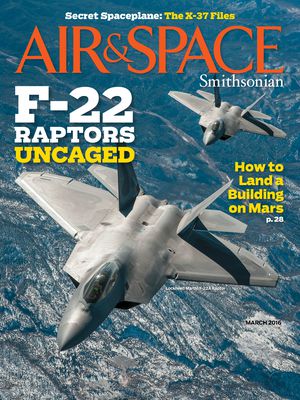

I am sure for some of you it would be hard to believe this keeping in mind the “massive image” that has been created through constant and consistent propaganda through multiple mediums, just as I was totally crestfallen on coming to know about the reality of the project management and the resultant useless product called F – 22.
++++++++++++++++++++++++++++++++++++++++++++